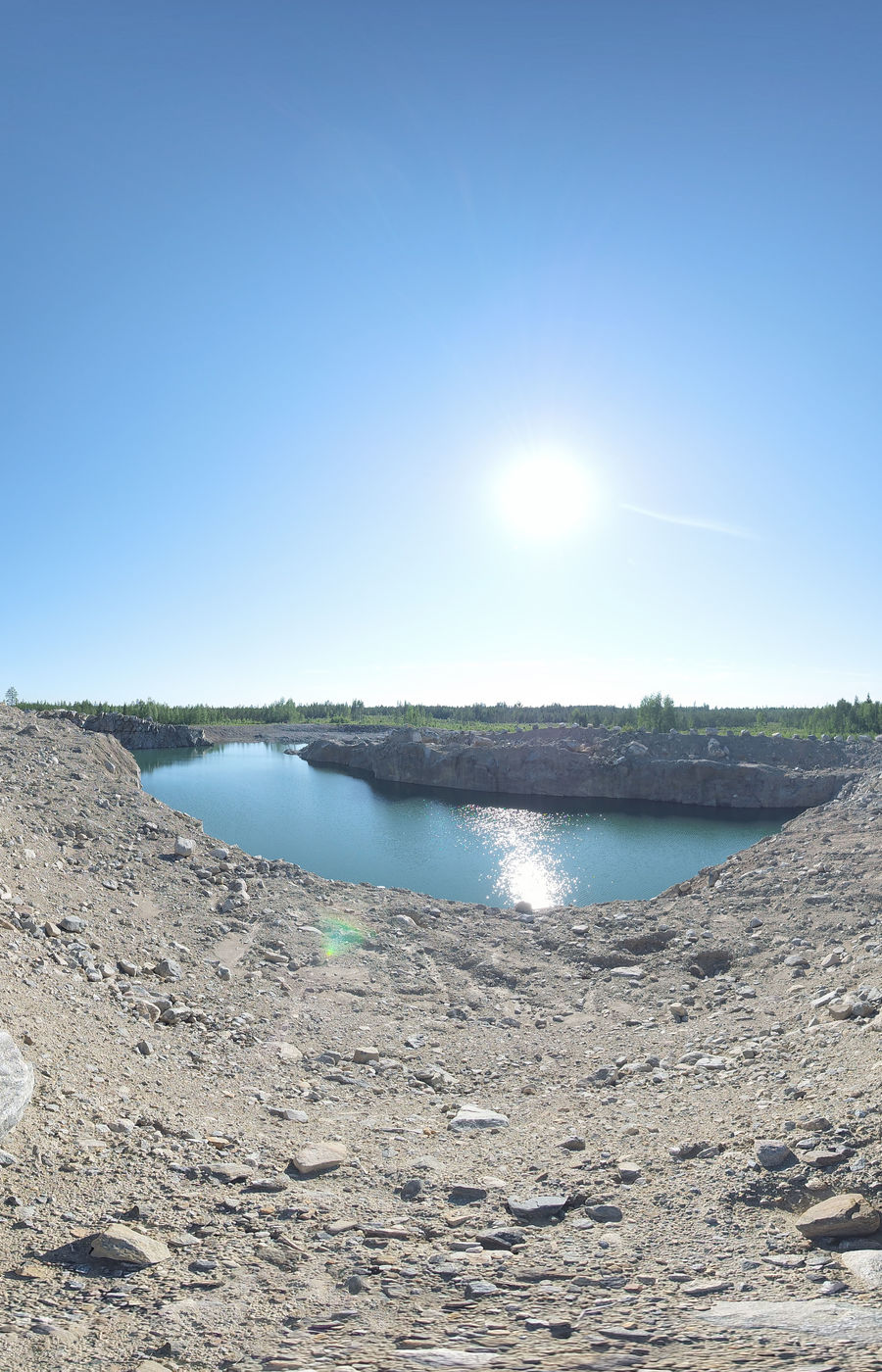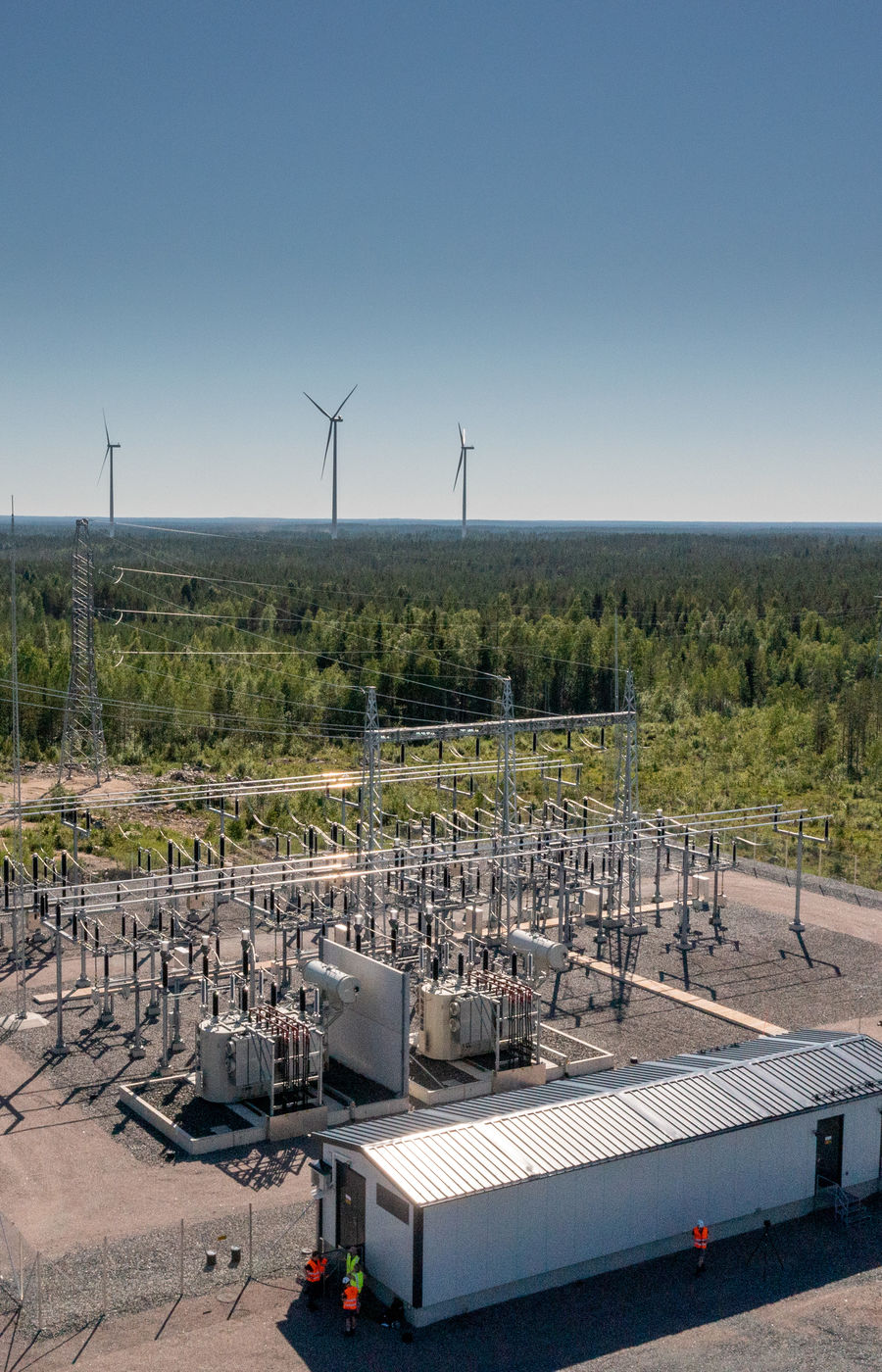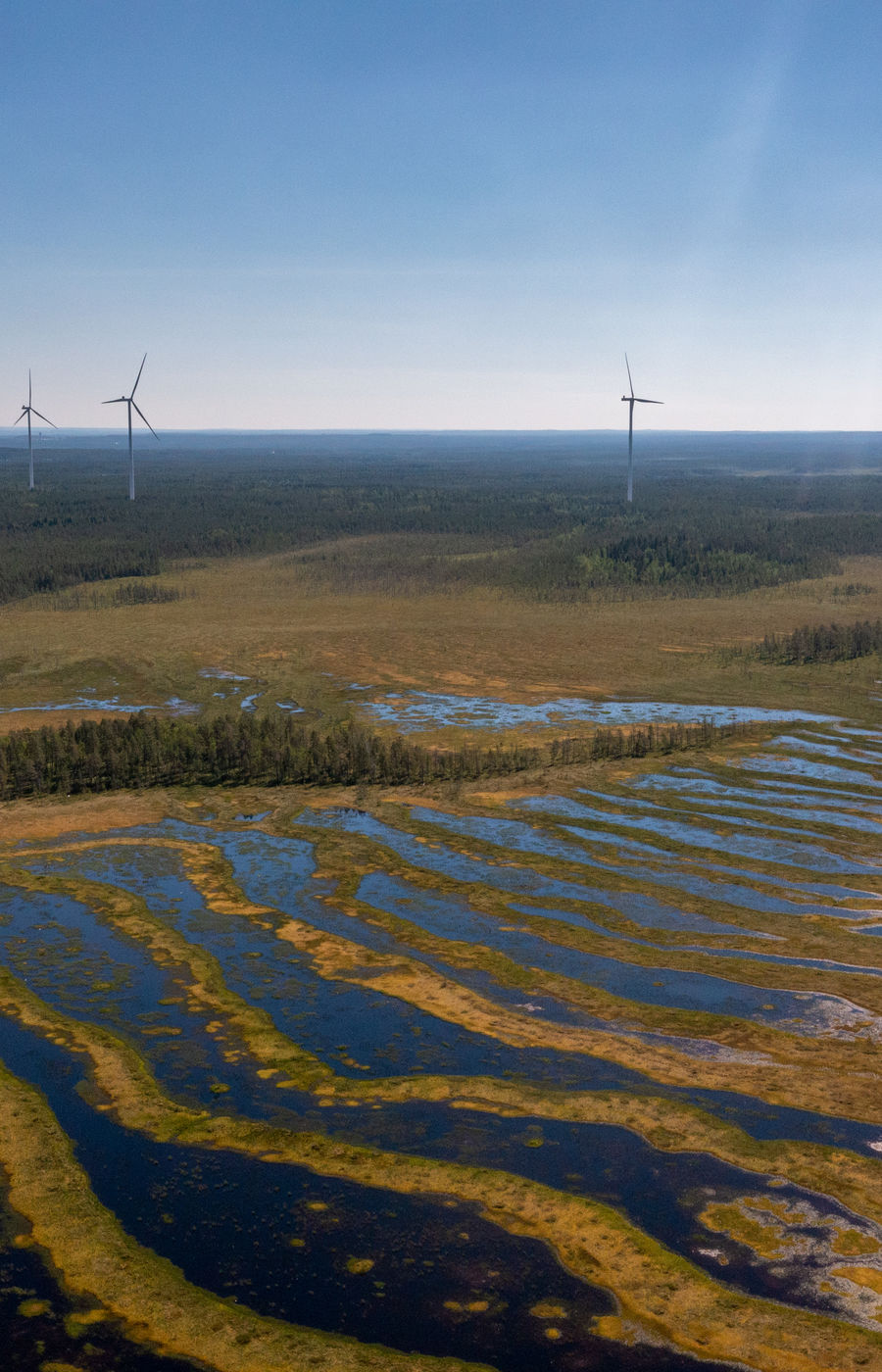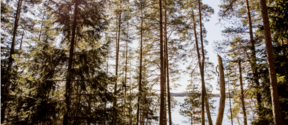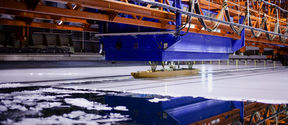We are in a time where new priorities are emerging in the teaching and training of renewable engineering beyond techno-economic performance. The urgent need to radically reduce carbon emissions at a national and planetary scale, is also impacting the pace of change in renewable energy engineering in universities. Is there a risk this rapid change could overlook the important factors of biodiversity loss in mitigating climate change?
Researchers from Aalto University’s School of Engineering aim to incorporate ecological and environmental perspectives into engineering teaching by developing a first-of-its-kind textbook and accompanying learning materials, expanding into new mediums such as VR. By bringing an interdisciplinary approach into engineering education, the aim is that future engineers will consider climate change, biodiversity loss and land use throughout all aspects of their work. This will be achieved by focusing on renewable energy and heat production technologies (such as solar energy, heat pumps and wind power), responsible (re)use of waste and bioenergy, and storage technologies for intermittent energy sources. The book also provides profiles of future ‘game-changing engineers and teams’, mapping out the required skills and competencies that industries look for to develop the future energy sector.
Renewable energy infrastructures have different land use and biodiversity impacts than fossil fuel power plants. Whereas a coal-fired power plant – with associated biodiversity loss and carbon emissions – needs only a fraction of a square kilometre to generate a thousand megawatts of power, a wind farm requires hundreds of square kilometres of land to achieve the same results. This raises the question of how to install energy infrastructures while preventing loss of biodiversity. Do we have enough information to understand possible cumulative impacts? Innovative teaching methods, such as using virtual reality (VR) to take students to a wind farm and understand the scale of such a facility, go some way to hardwire these questions into the engineers of the future.
Installing future energy infrastructures is closely related to climate mitigation targets. Finland has ambitious carbon neutrality targets with remarkable investments into renewable energy infrastructures, including wind power plants. But we must not forget that nature preservation and restoration targets also exist. If we try and reduce carbon emissions at a rapid pace without considering biodiversity, we risk creating new problems in the future for sustainable land use and agricultural food safety issues. Prioritizing this balance is key for the engineers of the future.

